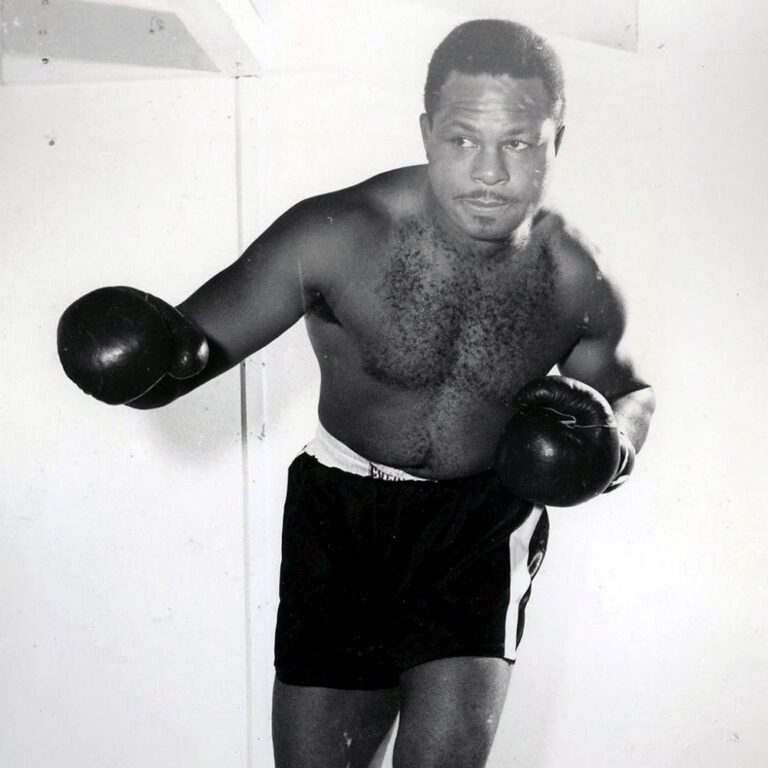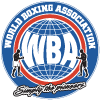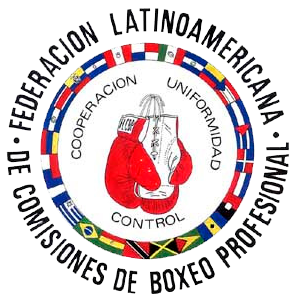We write this note about one of the greatest figures of boxing throughout time. This note has nothing to do with his birthday or his death, or about some upcoming date that has to do with some relevant event in his long path of 28 years in the ring.
We are talking about Archibald Lee Wright, better known in boxing as Archie Moore, the knockout king with a record of 132 KO in 186 fights (some say 141 KO in 194 fights), the best light heavyweight of all times and who today is on the website of the pioneer body of boxing, the World Boxing Association, founded in the United States in 1921 under the name of NBA (National Boxing Association) and since 1962 the WBA or WBA for its acronym in English, and led by the Venezuelan Gilberto Jesus Mendoza since December 2015 when he has assumed the main position replacing his father, Gilberto Francisco Mendoza ( March 30/1943-March 11/2016), who led the entity for 33 years, between 1982-2015.
AN EXCEPTIONAL FIGHTER
This note came to be due to a simple coincidence, while rummaging for topics of interest to share with you, we stumbled upon his name and his record, and it seemed perfect to talk about him in these somewhat cold days as far as impressive fights are concerned. We will talk about aspects related to the luminous boxing career of this man.
Without further ado, let’s say that Moore fits the qualification of exceptional, for having been an uncommon star in the boxing world. Three qualities distinguished him especially in his walk on the ring for almost three decades, some 28-29 years with brief retirements, between 1935-1963 in his native USA; in Argentina, where he fought a dozen times with a draw and the remaining 9 wins, 90% by KO, as well as in Uruguay and Panama.
The first of those singularities was his diamond stamina. The second, for being considered, along with Bob Foster, as the best Light heavyweight in history, as we pointed out before. The third, being the fighter with the highest number of knockouts in the history of a sport in which finishing the opponent before the limit is equivalent to the home run in baseball, the three-point basket in basketball or the hat trick of a striker in soccer, in terms of arousing the maximum emotion of the spectator.
This note will try to review very briefly these three facts of the man who was born in Benoit, Mississippi, on December 13, 1916 (others say in 1913) and died at the age of 81 due to coronary insufficiency in San Diego, California, 4 days before his birthday.
Moore had a hard childhood. His father abandoned him when he was a baby and his mother gave him to some very poor uncles, Cleveland and Willie Wright Moore, from whom he took the surname Moore. After his uncle’s death, he had behavioral problems that led him to a reform school and from there he left to become a boxer.
He made his professional debut at welterweight at the age of 18, on September 3, 1935, with a knockout, which from then on would be his trademark, against a certain Billy Simms. He went on to win 8 more, mostly by knockout with a couple of draws until he lost to Billy Adams in September 1937 and then didn’t stop until March 15, 1963 when in his bye he crushed Mike DiBiase in 3 at Madison Square Garden in Phoenix, Arizona.
As Moore walked the long boxing path, he sprinkled the canvas with Ko’d opponents until he completed an impressive 132 dispatches (other compilers say it was 141) before the final bell rang. No one ever before, nor after him, to this day, has accumulated such a high number of knockouts, so impressive. He achieved this in 194 fights of which he lost 26 with 7 knockouts against him and 8 draws. These last numbers were taken from The Boxing Record Book, 1998, and differ from those recorded in BoxRec which assign to His Majesty Nocaut 186-132 kos-27 reverses with 7 kos against and 10 draws. His record, whether 141 or 132 knockouts, looks unattainable these days. He is followed by Young Stribling (129); Sam Langford (128); Luis Villanueva, aka Kid Azteca (114) and “Sugar” Ray Robinson (108), unless we are mistaken.
Another comparison, also in baseball, is that this theoretically unequaled record can be compared to the mark of 56 consecutive games with at least one hit by legendary outfielder Joe DiMaggio, the Yankee Clipper, in the 1941 Major League Baseball campaign.
Moore was crowned 175-pound world champion on December 17, 1952, 71 years ago, with a 15-round victory over Joey Maxim. He successfully defended it against Maxim himself and in January 1954, at the age of 39, he retained the light heavyweight throne with a third victory over Maxim. He also defended it against Carl “Bobo” Olson, Harold Johnson, Yolande Pompei (in England. He won by KOT10), Tony Anthony (GKO7), Canadian Ivon Durelle (2 times, KOT11 and KOT3) and Italian Guilio Rinaldi (GD15), besides the two against Maxim. He reigned for 10 years until 1962 and never lost the title in the ring.
In between challenges with the 175-pound crown on the line, he also tried in vain to take the heavyweight throne three times against three legends, like himself. The first time Rocky Marciano – who recovered from a knockout in the first – scored his 43rd knockout of his 46 fights against the 39-year-old opponent in the 9th round in September ’55, and after the victory he hung up his gloves. On November 30, 1956, Floyd Patterson, 21 years old, knocked him out in 5 rounds and in November 1962, at the age of 46, he faced Muhammad Ali (Cassius Clay by then), 26 years younger, in a 10-round fight that ended in 4 chapters in favor of the legendary Kentucky fighter.
“The Old Mongoose”, as he was called because of his longevity, a unique fighter, incomparable at least in his category, received among many other distinctions the following: in 1980 he was inducted into The Ring Hall of Fame. The Canastota International Hall of Fame exalted him in 1990 and the California Hall of Fame did the same (2006).
In 1999 the Associated Press named him the Best Light Heavyweight in History and in 2002 The Ring Magazine ranked him XIV among the Best Boxers of All Time. Three years later the same publication called him the Greatest Puncher (Knockout) in History. After retirement he taught boxing to poor children in San Diego, fought for civil rights and became a trainer, a role in which he worked for a long time with George Foreman.

















